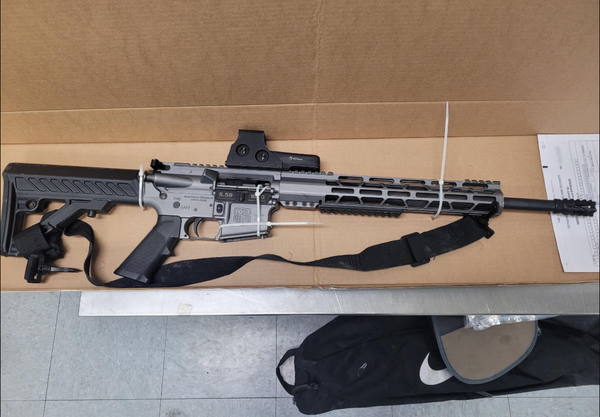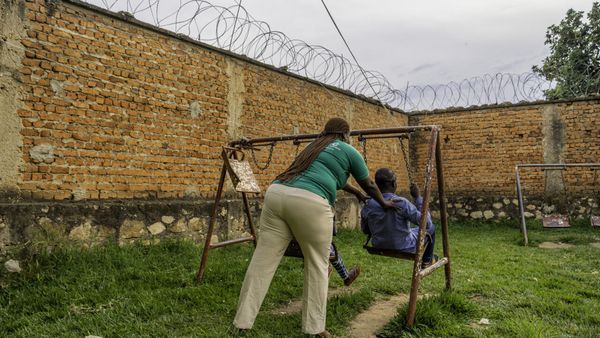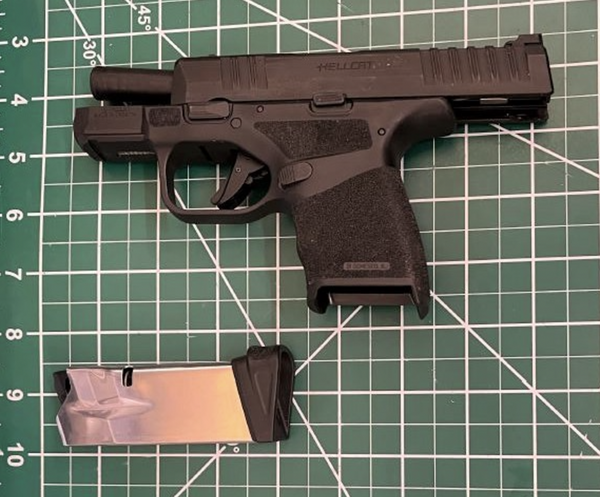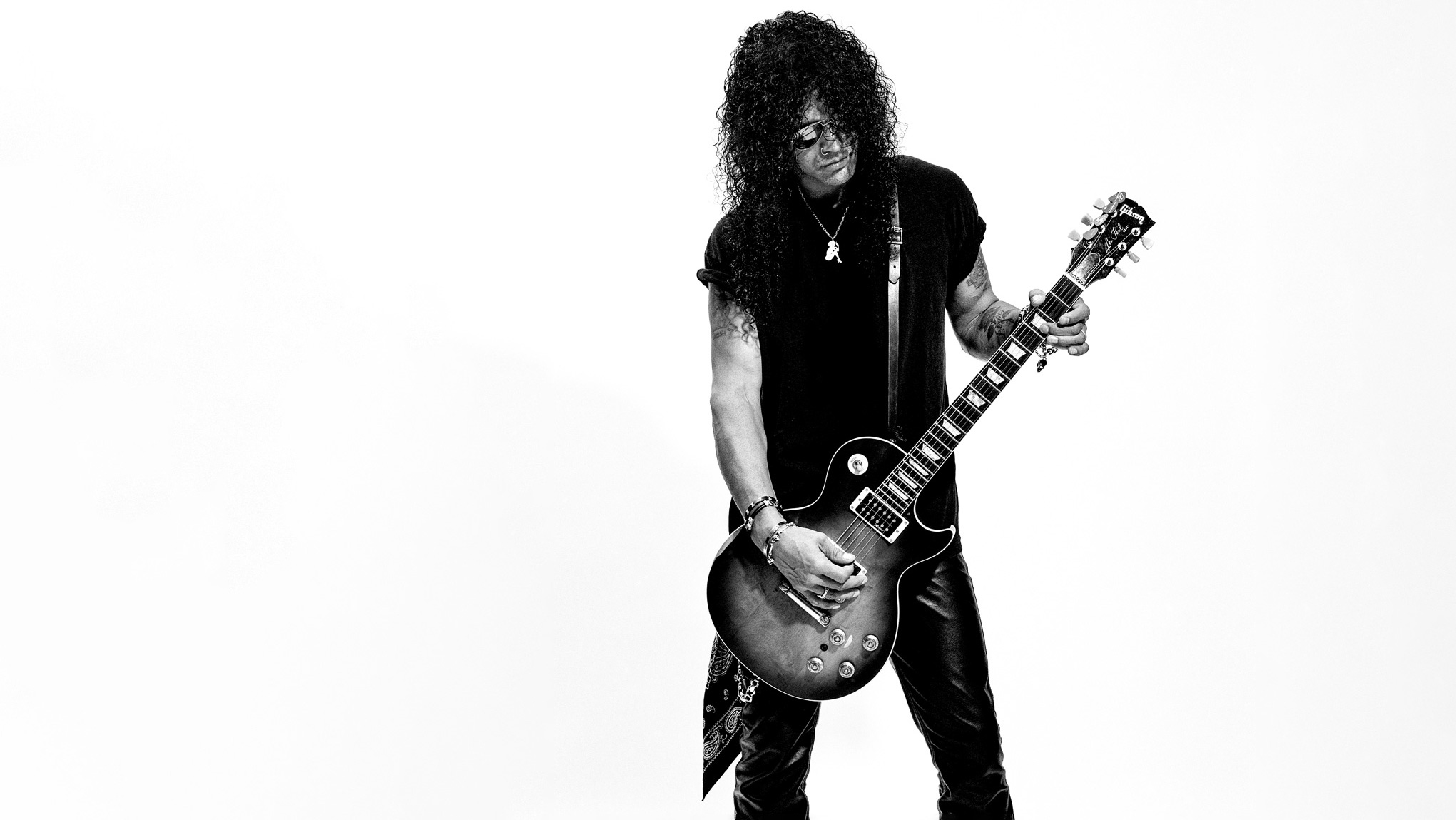
Paul Harries – you’ve probably heard the name, and you’ve definitely seen the pictures he’s taken over the last 34 years. They’re stunning shots of famous music artists – everyone from Dua Lipa to Slash, Ozzy Osbourne to Tinie Tempah, Craig David to Kurt Cobain – that perfectly encapsulate their personalities. Paul gets hired by record companies for album shoots and publicity stills, as well as for editorial for publications such as Kerrang! and Music Week.
As I’m both a music artist and a newly-pro snapper, I thought it would be fascinating to sit down with Harries and learn all about how he became one of the most renowned music industry photographers. We met in a hotel in southwest London, UK on a gloomy winter day, and enjoyed a coffee together.
How did you get your start photographing music stars, I ask?
“I was following music and taking pictures myself in the late Eighties,” he says, “and did my first professional assignment in 1990, for Kerrang! magazine, who I still shoot for now.”
He got the gig via a friend: “I’ve always been into alternative music, and a friend of mine used to put out his own fanzine, which is what [music fans] did in the late Eighties – produced small A5-size magazines printed in black-and-white. I started taking pictures for him because it was fun, and I was taking pictures of bands anyway, and it was quite nice seeing my little pictures in print.
“But he knew someone who worked at Kerrang! All the photographers were busy and they needed someone to do a job for them, and he said, ‘Ask Paul.’ I did it, and kept going to them, ‘If you’ve got anything else…’ and it kind of went from there really.”
So he has this advice for anyone wanting to follow in his footsteps: “My journey started with the fanzine. The modern-day equivalent would be a music website or student magazine that can get you access to live shows. The chances are you will not be paid, but it is a good way to meet people and build your portfolio.”
Before becoming a photographer, Harries worked for the Bank of England for four years, “and because I was earning money, I started going to lots of concerts, which is what I loved doing, and the photography came from enjoying the concerts and wanting to capture it.”
His bosses at the bank were “really cool – they knew what I wanted to do, so when I started to get professional commissions, they would let me have a day off. And then my parents were like, ‘Why don’t you leave work and give this a year to see if it’ll work out or not, so you don’t have to worry about bills or anything?’ I was still living at home, and my parents said, ‘We’ll support you for a year,’ and it all sort of happened.”
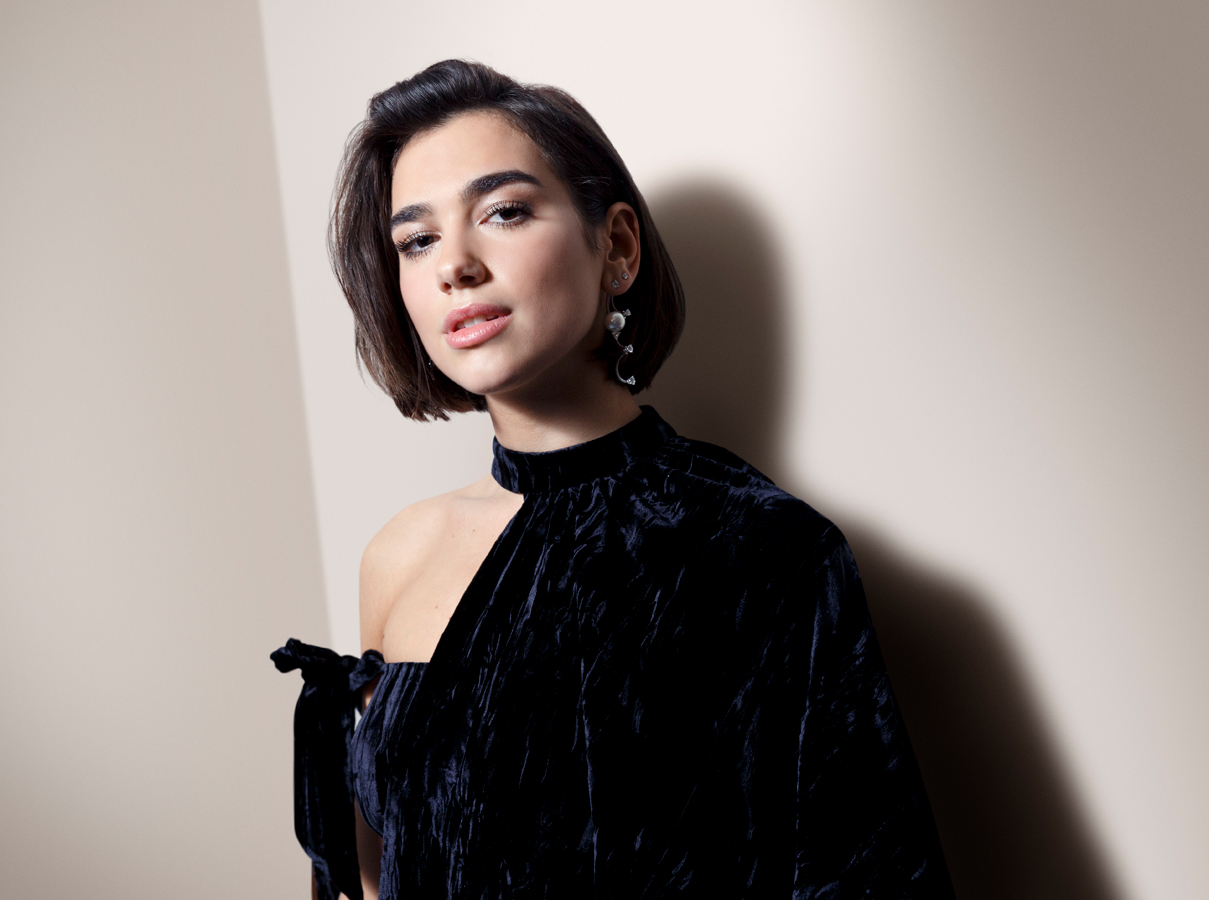
Were you shy when you first started shooting bands?
“I would get nervous when it was a band that I really liked. But if it wasn’t a band I was a big fan of… they are people. My dad used to work at the BBC as a set builder, so I’d been to Top of the Pops with him a few times when I was younger, and been up in the staff bar and met a few celebrities up there. So I told myself: just be calm and cool, then the bands are generally more accepting of you. It’s not a fan-rock star relationship.
“I’m a photographer from Kerrang!, I’m there to do a job and they’re there to do their part of the job.”
Do rock stars’ egos mean they always want to talk and hold court and you have to listen?
“As time’s gone on, because I’ve taken pictures of people who are quite famous, sometimes when I meet new bands now they can be more excited about meeting me because of who I’ve shot.”
Which camera do you use?
“A Canon EOS 5D Mark IV. I don’t use mirrorless, only because I spent so much money when I bought the camera and lenses, it was too soon for me to swap over, and it’s still working well. I’m not really a big fan of looking through the viewfinder and it being a screen rather than what I’m looking at through the lens, but I guess everyone gets used to that.”
And how much in total has he spent on photography gear? “I’m not really gear-obsessed. I only spend what I have to spend on things. I managed to drop one of my lenses – it was a 70mm-200mm f/2.8 and I dropped it and it broke. I got it repaired but I sold it. Then I thought, I need a new one of these, really, and there was a newer version available.
“That lens was such a workhorse. As most Canon stuff is – it’s really good and it’ll last. So until I feel I really need to upgrade from the Mark IV, I’m quite happy with that.”
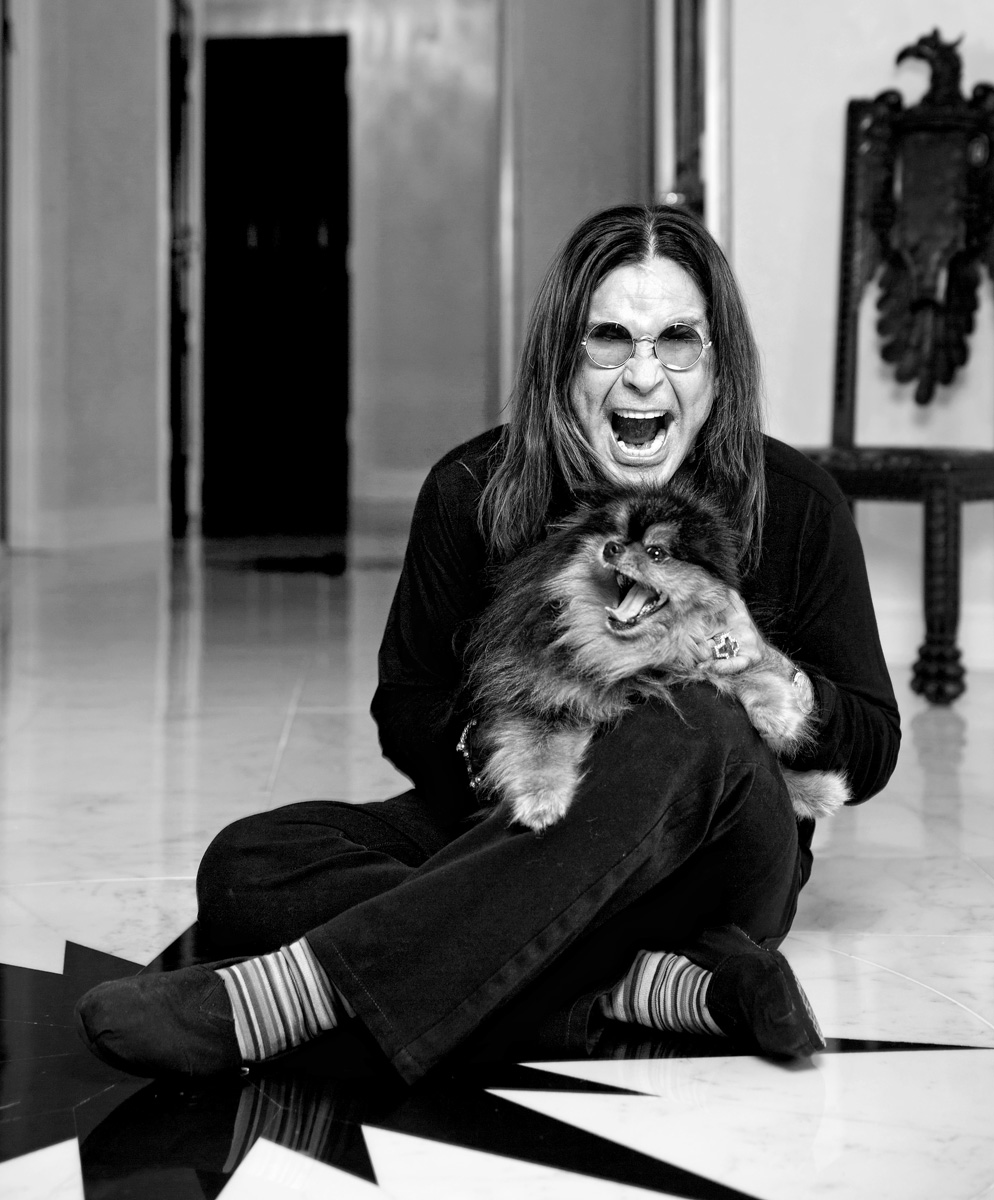
Aside from dropping the lens, have you ever had something big go wrong on a shoot?
“This year I was on tour with Rammstein, and I went to Barcelona, a lovely sunny city. I’d never seen rain like it! And it was an outdoor show, and I just couldn’t keep my cameras dry. They both failed about halfway through the show, so I ran backstage and was desperately trying to dry the cameras out.
“I got one camera body working again and managed to shoot the rest of the show, but I missed a big chunk of it. So I had to get one of my camera bodies repaired. I’ve still got the [Canon EOS 5D] Mark III and the Mark II, so I could use the old bodies.”
So he carries two cameras on shoots? “When I’m shooting live shows, I usually have a really nice wide lens on, and something like a 70mm-200mm so I can get close-up shots. So I try to cover everything.”
Location or studio shoots: which do you prefer?
“If I’m doing a shoot with a band, I’d kind of prefer a location really. Whether it be in a building, or there are some really nice places in London that are shabby chic-y type things, so they’re really nice to shoot in. But they’re so expensive to rent – like $1,200-$2,400 a day – so that’s got to be a shoot with a budget.
“But sometimes it’s just convenience that I have to shoot in a studio – it’s just somewhere quick. Quite a lot of the time, time is tight, and if you can just get something rigged in a studio, you’re ready to go before they turn up. Or sometimes it’s putting backdrops up backstage at a gig… That’s the big battle with a lot of bands, their schedules are so busy. Especially if they’re American and they’re over here, they will get them doing as much work as possible.”
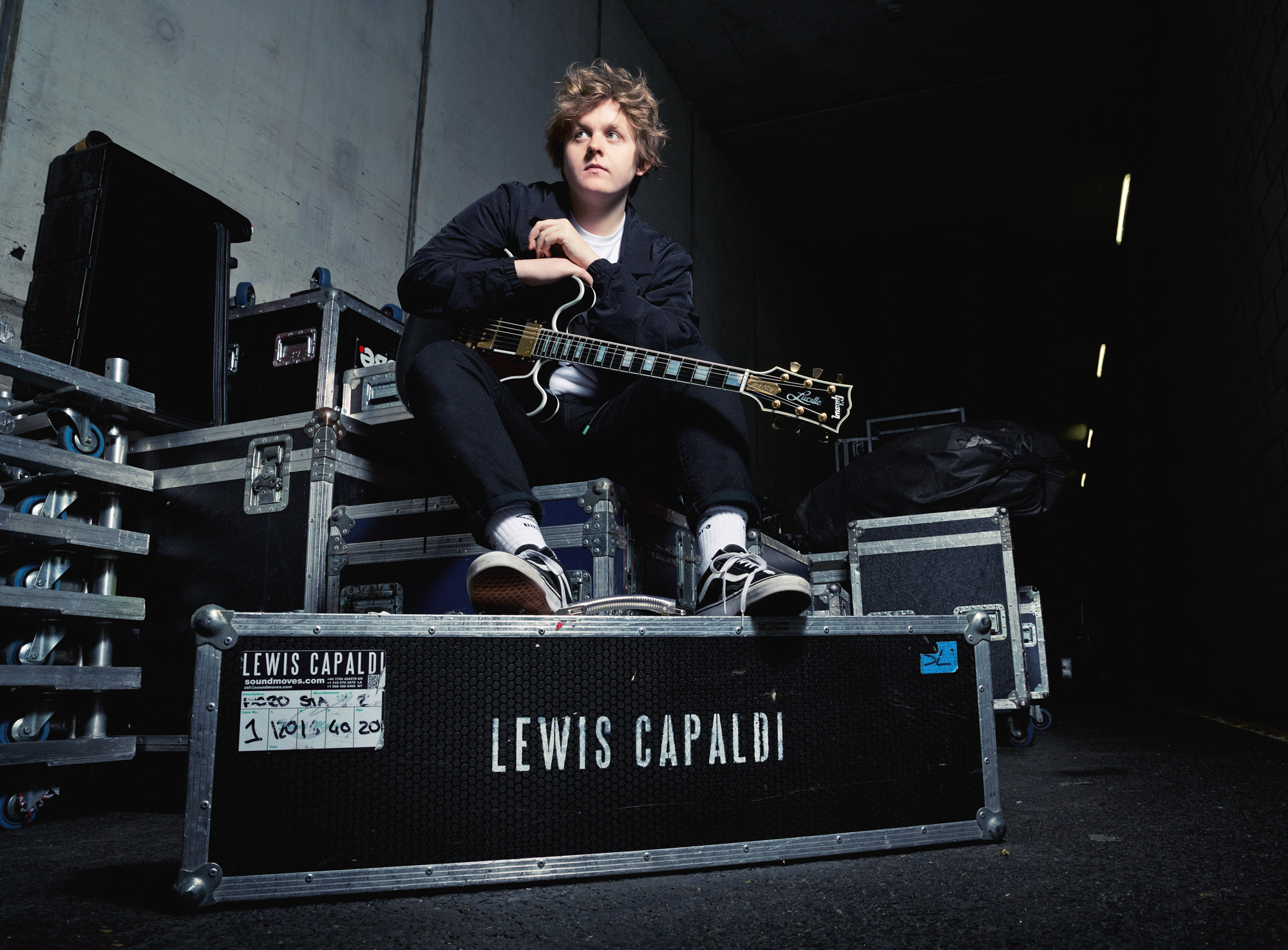
Do you ever need to get bands to relax, as they’re photographed so much these days?
“With new bands, definitely. You need to maybe show them what you’re doing, do a few test shots, say ‘This would be great if you could do this’, generally use a bit of humor. It’s important to make a nice connection with people. You’ve got to be a person first and a photographer [second]. You have to put people at ease and make them realize you’re a safe pair of hands.
“Sometimes I get excited, if I see a picture and it’s working well, so I’ll show it to them and say, ‘Look, this is working great,’ and that’s really cool. That’s the nice thing about shooting digital, is that you can show it.”
Harries was shooting film for the first 15 years of his career, until 2005. “I would take Polaroids with a medium format camera I used to test the lighting – that was all you had to go on, really. That made me feel like a proper photographer, when I had the big camera body! But you wouldn’t really know what you were getting until you got your film back.”
He used to have a darkroom when he was photographing as a hobby, but it was too time-consuming as a professional, and he could only do black-and-white at home as he didn’t have a color lab.
“Kerrang! was primarily color, so I had to get pictures developed. But they liked to have pictures on transparencies, and the thing about transparency film is there’s not really any latitude in it. If you get a negative slightly wrong on the exposure you can still get a decent print out of it, but with a transparency, if it’s too dark or it’s too bright, that’s it – it’s no good.”
That shift from film to digital must have been seismic?
“I wasn’t very impressed by the way digital looked at first, but there was something about the way it was available immediately which made it very appealing, especially to weekly magazines. If I’d shoot a show, there was a 24-hour lab in Wardour Street called Joe’s Basement, which was quite a famous lab for professional photographers at the time.
“I used to have an account there. I’d drop my film off, and then they would deliver it to the Kerrang! office the next morning for me. But if you were doing something and you were not in London, that would mean you’d have to come back to London to drop the film off. I’d be shooting gigs in Birmingham and Nottingham, coming back, driving into London’s West End, and I lived in Essex at the time, and I’d have to drive all the way out and get in at silly o’clock in the morning.”
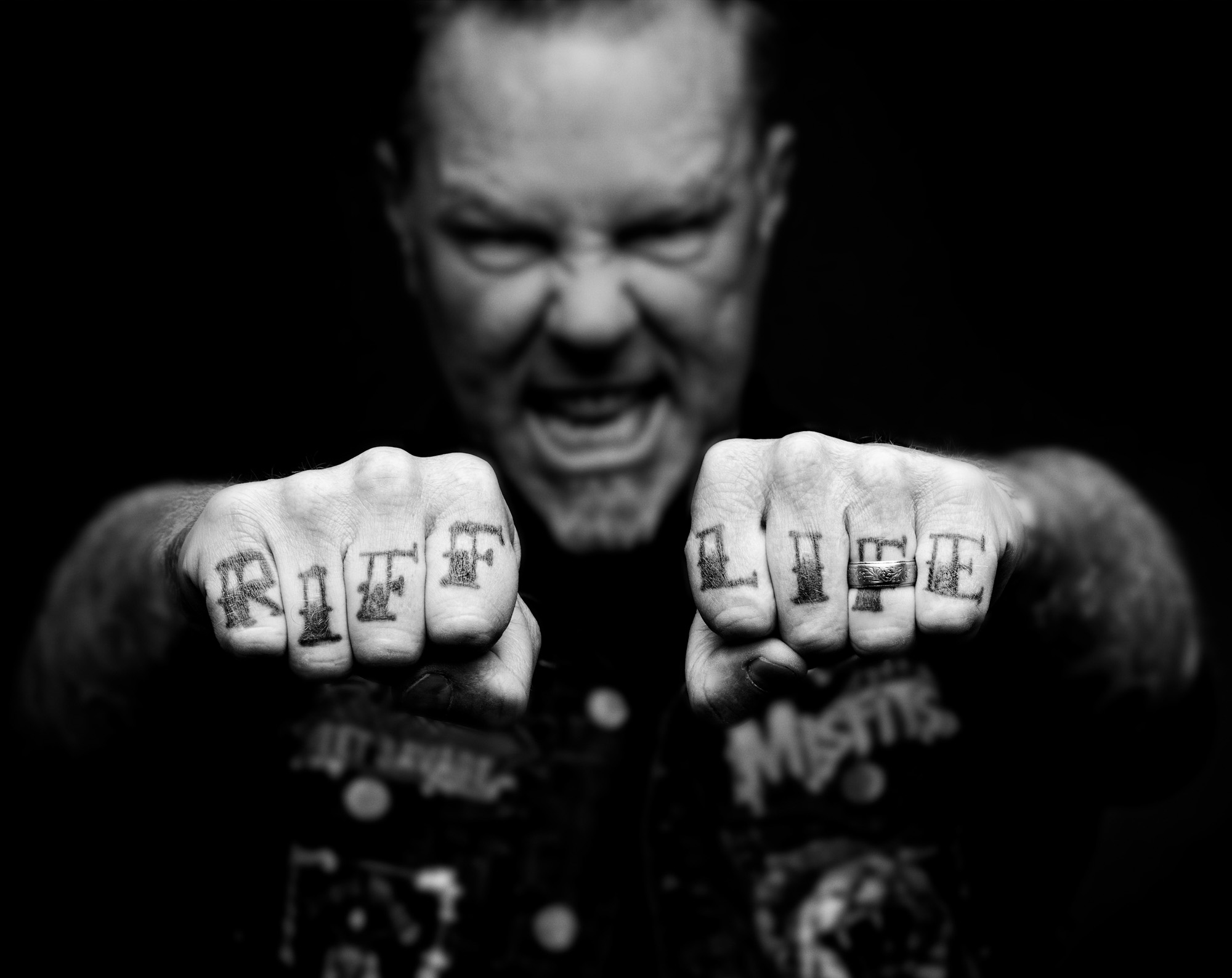
Does it worry you that print music magazines are dying, and that NME and Q have recently fallen by the wayside, when fees for online are so much lower?
“You say that, but I think there are a lot more specialist music magazines that seem to do really well – some of the more coffee-table type magazines, which people are paying book prices for, and they’re really nice magazines. I think maybe that’s the future.”
Could you give us a ballpark figure of what somebody who does your job might charge for a shoot?
“It just depends. If you’re working for a record company and it’s a big global campaign, you’re talking thousands, but then if you’re working for a magazine and it’s maybe a two-page spread, it can just be a few hundred. So it really varies. But obviously, the more you’ve got to spend – if you’ve got a budget for a shoot from a record company – the more you can throw into the mix. That can include getting a studio.
“But that also means they can use the pictures for publicity, merchandise, everything – so it’s what the value is to them.”
What are your thoughts on retouching, as a lot of old-school photographers don’t like it.
“You can always take it too far, but there are certain things where you think, ‘[The client] wouldn’t want that in the shot.’ Say, if they were looking particularly tired that day and you can help them under the eyes, or if they have a spot, or shiny skin… as long as it doesn’t start looking like they’re made out of plastic, I think that’s okay!”
He also tells me he was doing a gig where the band’s own photographer was in the background of his own shots. “I just used the AI Remove tool [in Photoshop], got rid of her completely, and she’s not in the picture any more, and that was great. Rather than me try to do that manually… it did it in a couple of seconds and it looked really good.”
Do you have a Creative Cloud subscription?
“Yeah. If I’m working on images and have a small batch, I like to do them one by one in Photoshop. If I’m shooting a show – I shot Slipknot last weekend in Leeds – I will pick my shots in Lightroom, and I edited them down to 90 images that were really good. Then I’ll process them in Lightroom, as you haven’t got to individually save every one, it’ll just export all the pictures. Those little processes can be quite tedious in Photoshop.”
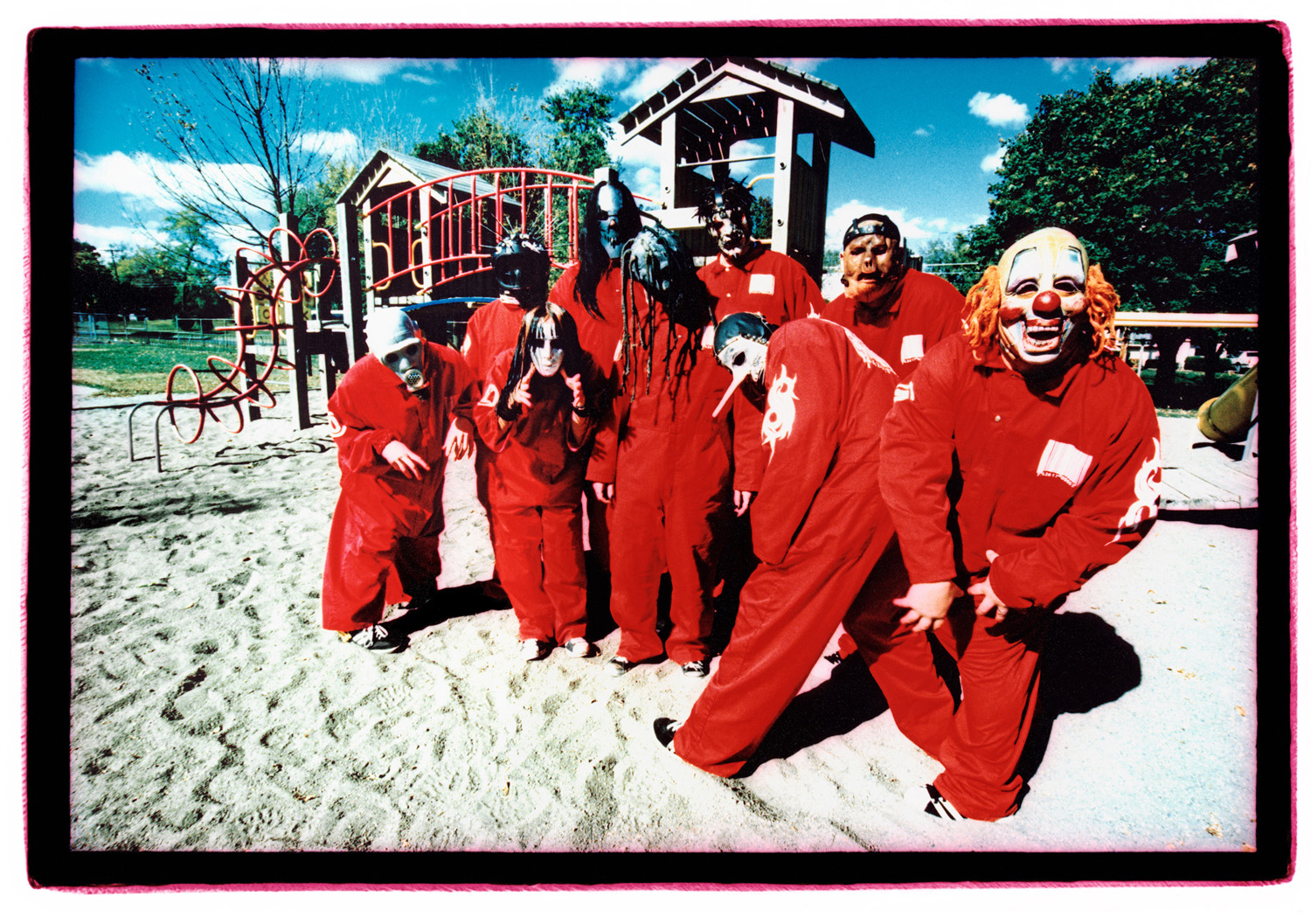
I think that's one way in which AI is starting to help photographers, by selecting the best shots.
“I’ve seen lots of adverts. I don’t know how it’ll work with live music photography, as the lights can be so weird and tricky to process sometimes. But I’ve seen people who do weddings, and the AI’s supposed to learn how you like your pictures and can do them. That’s what I’ve seen – whether that actually works in practice or not, I don’t know.”
There’s AI software that can get rid of all the shots from a shoot where the subject is blinking or where they’re not in focus. “I’d still like to look at them and reject them myself rather than have an AI do it.” Just in case it got rid of the perfect shot? “Yeah. But I think that, to have the AI learn your style, I’d like to see that in practice, so I must give that a try.”
I tell him how good a $31 AI headshot generator I tried recently is – but also that I doubt AI will destroy his livelihood, as rock stars won’t want their photos taken by an AI.
“Sure, a band will probably not want to use AI as they’ve got a set vision of what they want to be,” Harries muses, “but if a magazine wants to do something and they’ve not got access to the band, what’s to stop them going, ‘Well, let’s generate an AI image of them doing what we want them to do’?”
Yes, and that would be legal, in the same way a cartoon of that band would be legal. “Exactly. If a magazine wanted a cover of a band wearing Christmas hats, and the band wasn’t available or didn’t want to do that, the magazine could say, ‘Well, we’ll do it in AI then.’”
There are regulations where you’re not allowed to generate nudes of a person or create an image of them in order to mock them. “But it’s a very gray area of what you would see as being fun or mocking,” Harries argues. “Dark days ahead, I think.
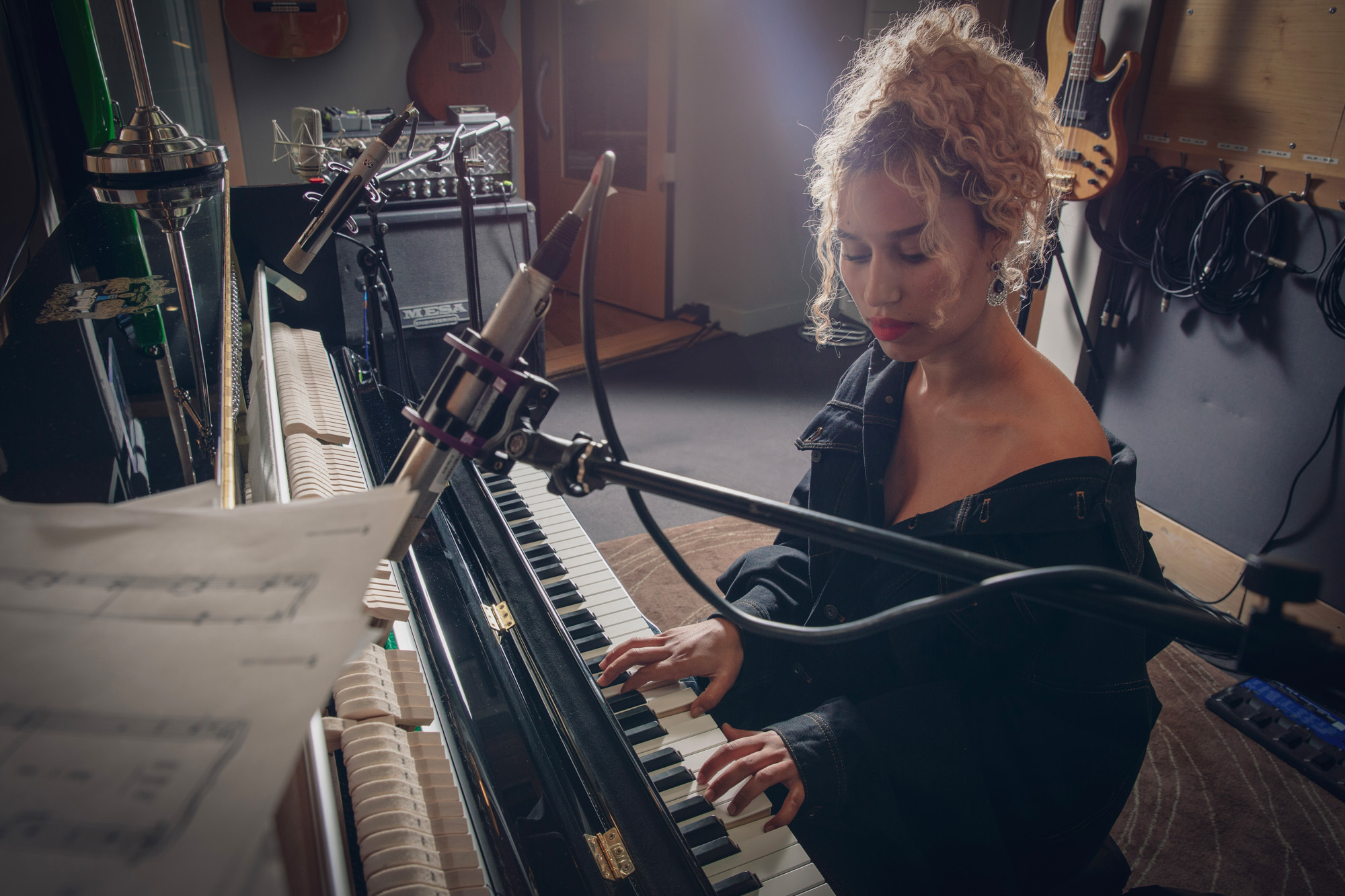
We move onto talking about the artists he’s worked with…
“Slipknot are brilliant to work with because they look so fantastic. They flew us out to America to do their first UK magazine cover, and I hit it off with them really well and have done lots of work with them – I’ve been working with them for 25 years now.
“Bands that are very visually aware I think are the sort of bands that I like to work with. That goes back to when I was younger – the bands I used to like watching were Adam and the Ants and all that sort of thing. There’s a lot of theater in rock ‘n’ roll.”
Were there any bands who were a disappointment?
“I was really lucky to do this but it was a bit of a disaster – I did a shoot with Nirvana in the early days. People were starting to know who they were – it was in 1991, and Smells Like Teen Spirit had come out by that point. I did a shoot with them and Kurt Cobain was being really difficult. I was there while the interview was happening and he was giving one-word answers, and wasn’t very cooperative during the shoot. And it was awkward and I was really disappointed with it, because I really liked the record and was excited to meet them.
“Reading what he was going through and reading Dave Grohl’s book about how Kurt was struggling with things, it kind of makes sense now. But at the time… it took me a long time to play the record again, so that was probably one of the worst ones.
“But on the flip side of that, I worked with Kurt Cobain again later on, and he was lovely. It was shortly before he died – we went out to France and The Buzzcocks were supporting Nirvana at Kurt Cobain’s request, so I took a picture of the two singers together and he was really nice. So he redeemed himself.”
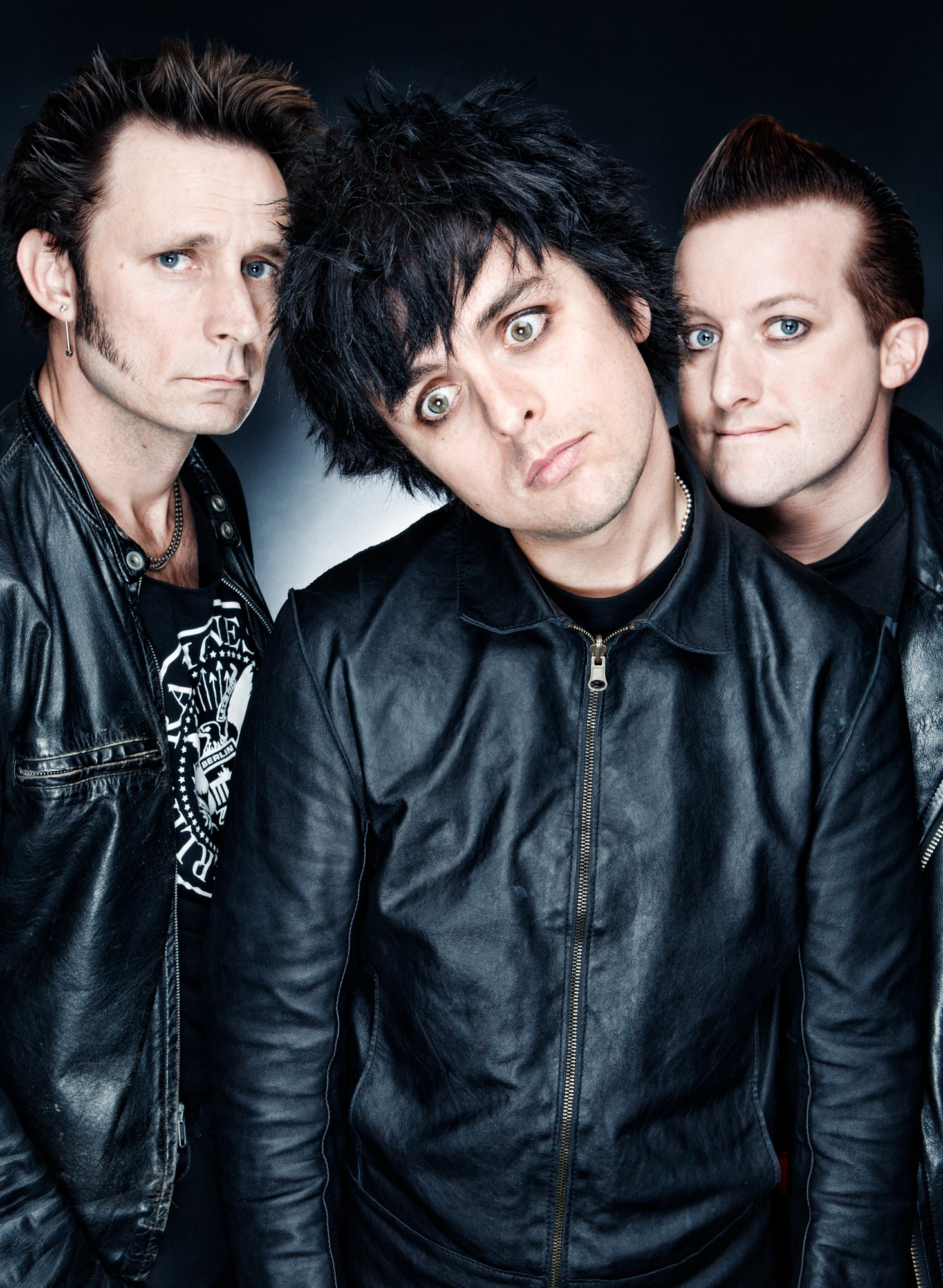
Have you ever turned up to shoot a band and they’ve been so intoxicated you couldn’t get any good shots?
“I went to photograph an American band,” Harries remembers, “and one of them was so hungover he started being sick in a rubbish bin while I was doing the shoot! I was like, ‘This is bad.’”
What's the funniest thing that has ever happened on a shoot?
It involved Space Hoppers – an orange inflatable toy from the Seventies that you could ride and bounce on while holding onto its antennae.
“I had to do a shoot with the American band The Bouncing Souls in New York, and the guys at the magazine said, ‘Can you get a picture of them on Space Hoppers?’ And I said, ‘I will, I’ll do it, but you’ve got to okay this first. I don’t want to turn up with a load of Space Hoppers and them go, ‘What on Earth’s this?!’
“And they went, ‘Okay no, we’ll make sure.’ So I think the UK publicity person said, ‘I’ve spoken to them and it’s all cool, you can do a picture with space hoppers.’ So I went out and bought them – they weren’t the original type of Space Hopper, as you can’t get them any more, but I got them from a toy shop, along with a foot pump to blow them up. We’d arranged to meet by Brooklyn Bridge – New York in the background, the band on Space Hoppers. It was a pretty terrible idea, but this is what the magazine wanted.
“So the first part of this was a complete disaster, as there were only three of them [Space Hoppers] and there are four in the band. The one who was missing was the singer, so, you know, you really want the singer in the shoot. I asked, ‘Where’s your singer?’ ‘Oh, he’s in Spain. He met a girl when we were on tour and he stayed in Spain, but we thought it would be okay.’ And I’m like: Ugh, oh God! Not really.
“But anyway, I need to shoot something. So I open my bag and start getting the Space Hoppers out, and they’re like, ‘What’s this?’ I said, ‘Space Hoppers…? I was told that you were asked if you would have your picture done with space hoppers and you were fine?’ Now, they’re not called Space Hoppers in America. So the guy says, ‘Oh, we just thought Space Hoppers was the name of another band!’
“So I’m standing there, pumping up these Space Hoppers, New York in the background, and I’m just doing this thinking, ‘My career’s over!’”
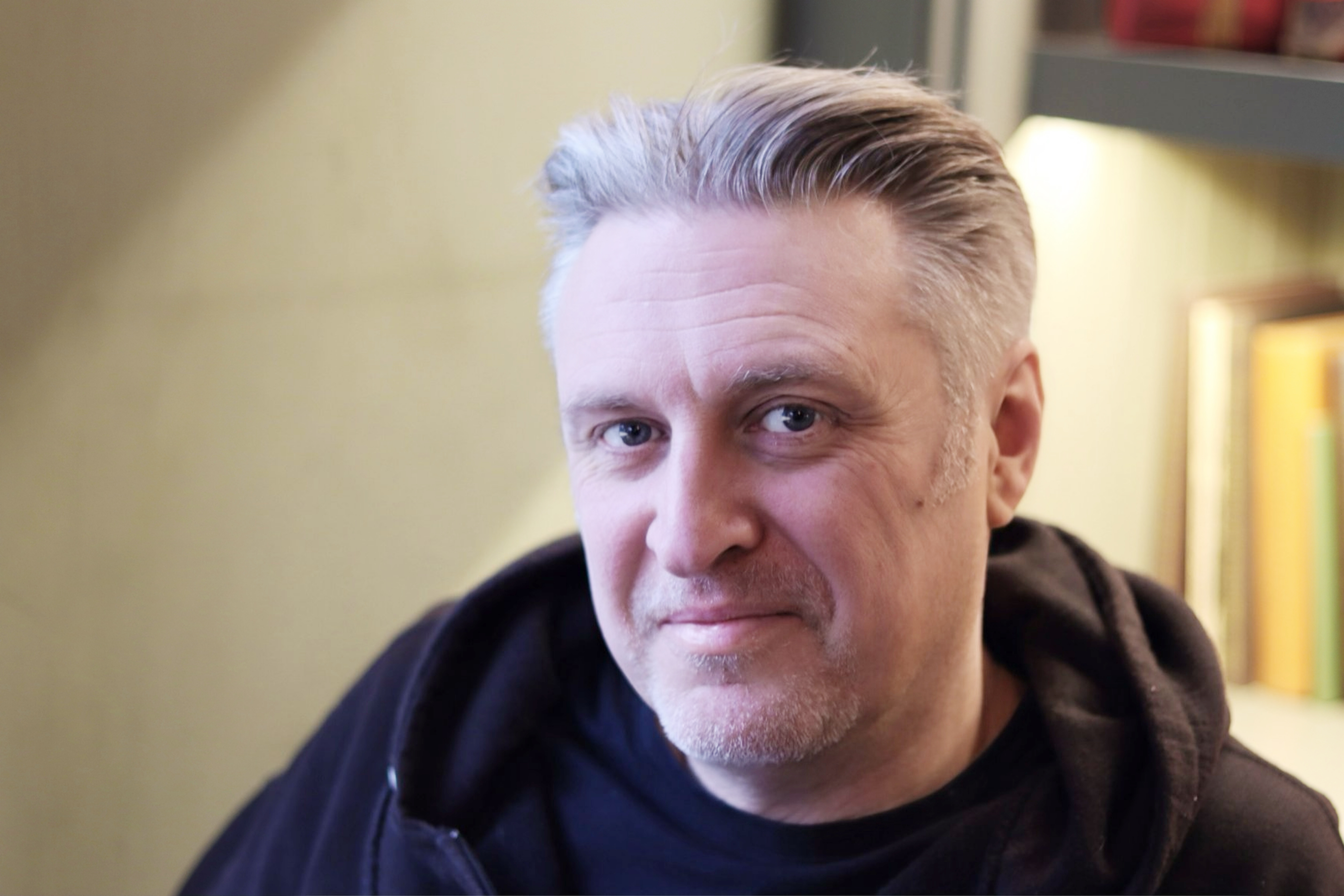
But it wasn’t...
And the lovely times make up for the disasters. Harries reminisces about being on a shoot with Velvet Revolver, the hard rock supergroup comprising most of Guns N’ Roses, along with Stone Temple Pilots' lead singer, Scott Weiland.
“I’d done a few bits with them, and I went out to do a cover with [iconic Guns N’ Roses guitarist] Slash and Ozzy Osbourne. I’d got there early, I was setting everything up, and Slash walked into the studio and saw me, and went, ‘Oh, it’s you!’ And I remember thinking to myself, ‘Slash knows me. Slash knows me!’”
You can follow Paul Harries on Instagram, visit Raven Records in Camden, London, UK to view a gallery of his photographs, or view his portfolio at his website, where he also has a web shop.


